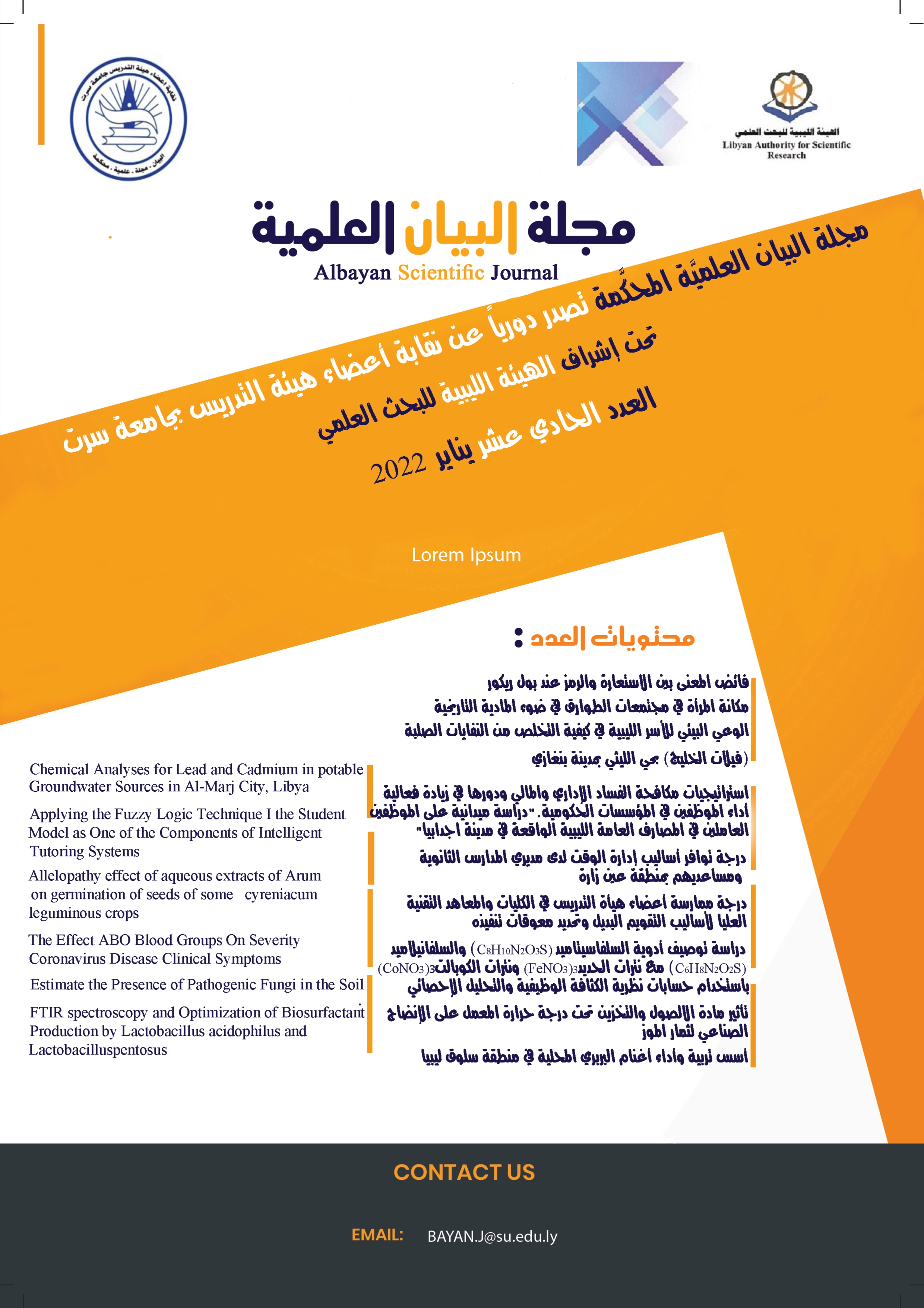Aesthetics Concepts and its Manifestations in Islamic Philosophy
Abstract
The research proceeds from an objective fact that the concepts of aesthetics and its manifestation is an embodiment of the bid's compendium reached by the mind. in this research, we emphasize that the concepts of aesthetics is an integrated picture of the different cultural trends identified to the Arabic-Islamic civilization, therefore the research aims also to understand the philosophy of aesthetics and place it in its correct cultural, social and historical framework.
The first section specializes in: identifying the concepts of aesthetics and defining them language and idiom, revealing the real value of Islamic aesthetics and to what extent the Islamic thought understand the most major issues, mainly the concept of majesty. This section is as an introduction to the idea of aesthetics and its perception.
The second section deals with Greek and Islamic philosophers 'concepts of aesthetics. the research restrictions impose exploring the basic origins of aesthetics in an questionnaire of its comprehensiveness and encompassing all aspects of philosophy. Among these origins is the concepts of slavery, knowledge, exploration and manifestation and they are enhanced for understanding aesthetics.
We will also distinguish in this section between absolute and restricted aesthetics and if absolute aesthetics is one because it corresponds the one and only, the necessary existent and worthy only to him. The restricted aesthetics is multiple because it corresponds all the creatures except Allah.
The third section discusses the existential and cognitive dimensions of the Islamic philosophy of aesthetics.
The conclusion covers the most important results of the research













